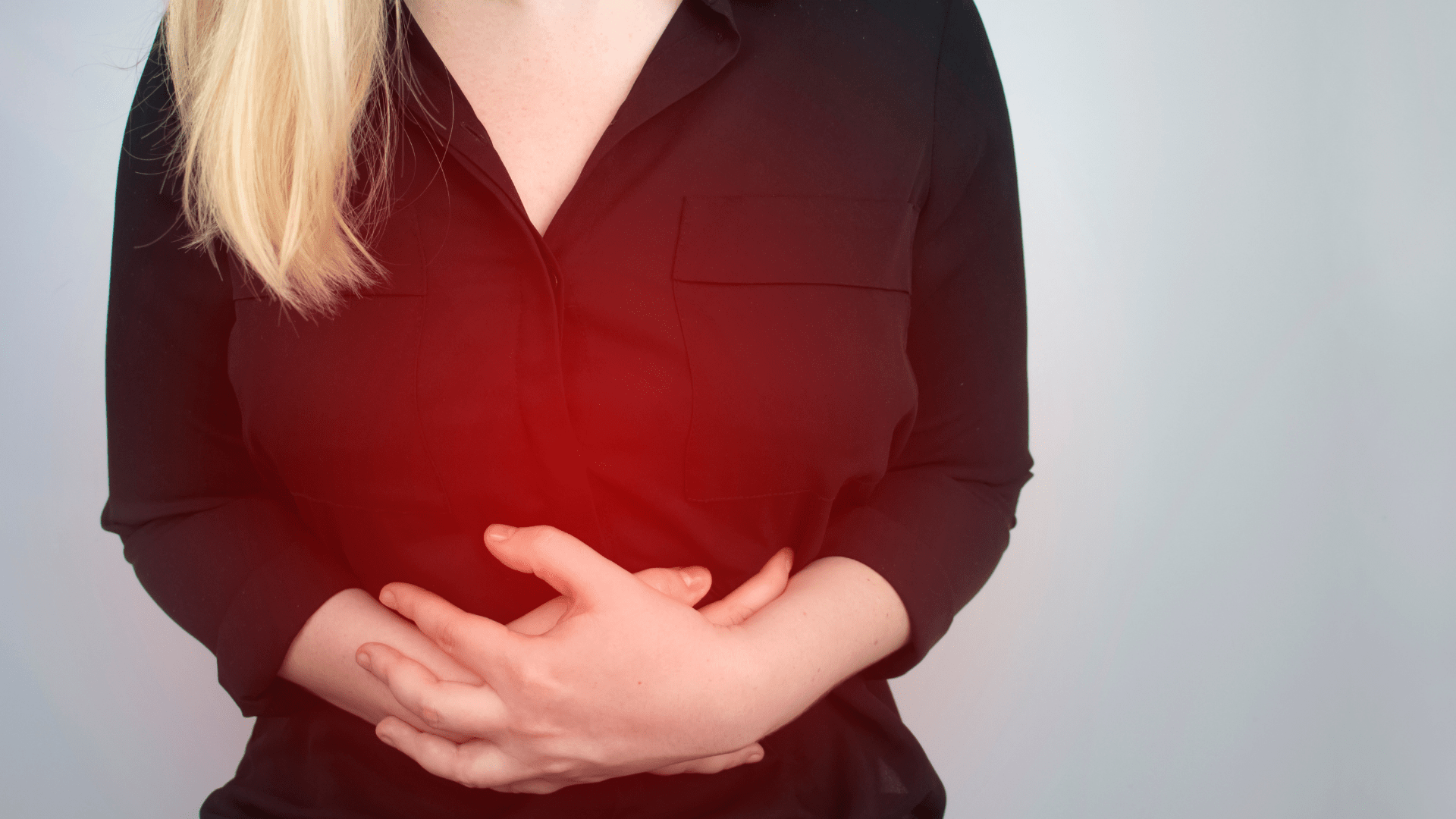
During an attack of acute cholecystitis, patients experience persistent upper abdominal cramping pain, accompanied by fever, nausea, and vomiting, causing significant discomfort. Dr. SHARR Wei William, a specialist in General Surgery, shares that 95% of acute cholecystitis cases are caused by gallstones. Although the mortality rate for acute calculous cholecystitis is less than 10%, if it worsens to severe complications such as pus formation, necrosis, or even sepsis, the mortality rate can rise to as high as 60%. Therefore, careful attention is crucial. When managing cholecystitis, simpler and more definitive minimally invasive gallbladder surgery is usually considered first; if surgery is not suitable, drainage may be an option.
Dr Sharr indicates that the risk of gallstones is twice as high in women compared to men! Factors such as age, being female, pregnancy, diabetes, obesity, liver cirrhosis, hyperbilirubinemia, and dieting can increase the likelihood of gallstone formation, thereby raising the risk of acute calculous cholecystitis. Additionally, thick bile, poor bile flow, or infection and tumors in the gallbladder can also lead to inflammation (non-calculous cholecystitis), which is slightly more common in men. Severe acute cholecystitis can lead to gallbladder necrosis, perforation, and peritonitis, which can be life-threatening and requires urgent treatment.
Dr Sharr points out that when complications from gallstones occur, such as cholecystitis, cholangitis, or gallstone pancreatitis, radical treatment should be considered, and the gallbladder should be removed as early as possible using laparoscopic minimally invasive surgery. The procedure typically takes about one hour, and most patients can be discharged the next day, with same-day discharge also feasible. However, if the patient has severe adhesions near the gallbladder wall, traditional open surgery may be required, which has a longer recovery time.
For elderly patients or those with cancer or serious internal diseases who cannot tolerate surgery, gallbladder drainage can serve as a conservative treatment option. For instance, percutaneous external gallbladder drainage involves using a thin needle to puncture through the patient's skin into the liver and then into the gallbladder, followed by placing a drainage tube to drain bile from the liver externally.
Recently, the emerging technique of endoscopic ultrasound gallbladder drainage involves inserting an endoscope into the duodenum. Guided by ultrasound, instruments puncture through the duodenum and gallbladder to place a mushroom-shaped metal stent, creating a new channel for bile drainage between the gallbladder and duodenum. This surgical method has a high success rate and is associated with less pain, a lower risk of related complications and recurrence of cholecystitis compared to traditional percutaneous external gallbladder drainage. It also spares patients the inconvenience of abdominal drainage tubes, making it a promising option for patients with acute cholecystitis.
Updated: 2025-04
Please note that all medical health articles featured on our website have been reviewed by Chiron Medical doctors. The articles are for general information only and are not medical opinions nor should the contents be used to replace the need for personal consultation with a qualified health professional on the reader's medical condition.